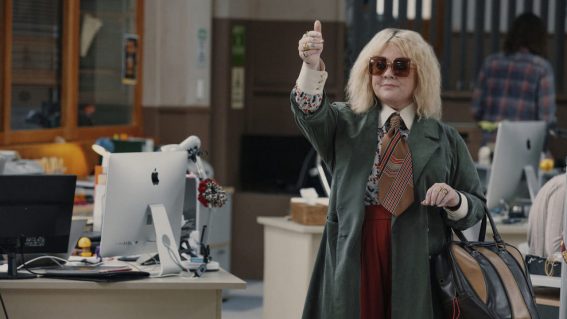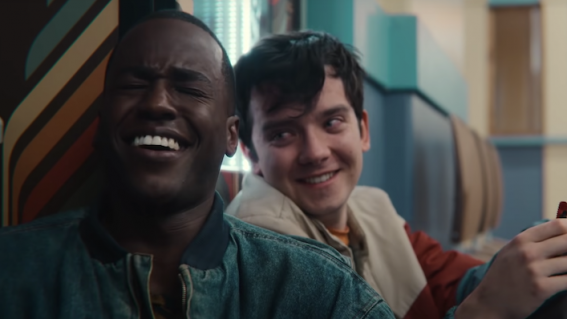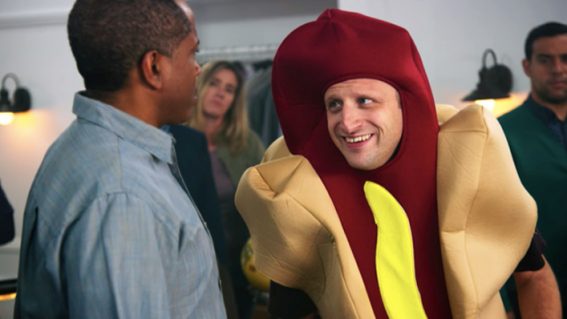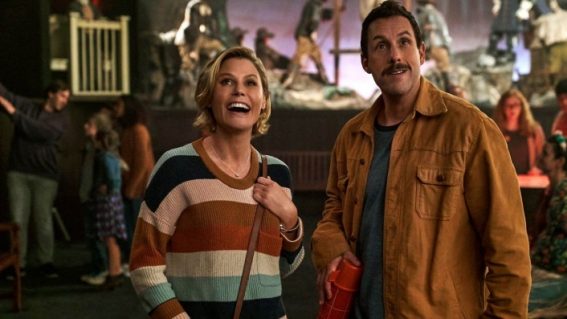The joyful visuality of Man vs Bee – and Mr. Bean reincarnated

In his new, very Mr Bean-ish series Rowan Atkinson reminds us he’s still alive, still kicking, and still capable of wonderful comedy, writes Luke Buckmaster.
In the latest example of Netflix returning ghosts of zeitgeist’s past—not long after it applied the defibrillator to Mike Meyers—legendary comedian Rowan Atkinson stars in a show that stretches out a Mr. Bean premise into an entire series. Man vs Bee is pithy and moreish, comprising nine episodes which run for, after a 20 minute opener, about 10 minutes a piece. So while “entire series” might be overstating it, there’s no denying the appeal of this funny and—notwithstanding a bit of “face in poo” humour—gracefully executed production rests on the milking of a simple scenario for all its worth.
These days Atkinson is hardly at the centre of pop culture; his new show seems to me almost a proof of life, reminding us he’s still kicking, still charming, and, if not a bag of beans, certainly a man who once played a character assigned the name Bean.
Importantly, the star has retained the bendy buffoon’s core modalities, which of course involve absurd face expressions and an outlandish physicality in contrast with the character’s politically inoffensive, everyman persona. Bean was always presented as an accidental antagonist—hostile not towards others but, in a weird way, towards himself, combining Mr Magoo whimsy with constant self-sabotage.
I defy anybody not to laugh, or at least not to smile a big stupid smile, during a very Beanish scene in episode three. Trevor (Atkinson) answers the door and speaks to a police officer, pretending to look and sound normal while a bee flies around inside his pants. Watching him twist his body into all sorts of preposterous gestures, then use more preposterous gestures to camouflage the previous ones, is the equivalent of what it would’ve felt like to watch fat Elvis thrust his pelvis during The King’s latter years. Not the sensation it used to be, but still good: good enough to make you wonder whether it’s him, or you, or culture that’s changed.
Man vs Bee extrapolates great mileage from a widely relatable concept: something small that bothers us unreasonably, and unrelentingly, until we’re so deep into it our judgment collapses. This is implied from introductory moments in court, when a judge cites counts of “dangerous driving, destruction of priceless artwork, criminal damage and arson.” After the reading of each count there are flashes of dramatic moments coming up; “arson” for instance accompanied by the amusing sight of Atkinson brandishing a flame thrower.
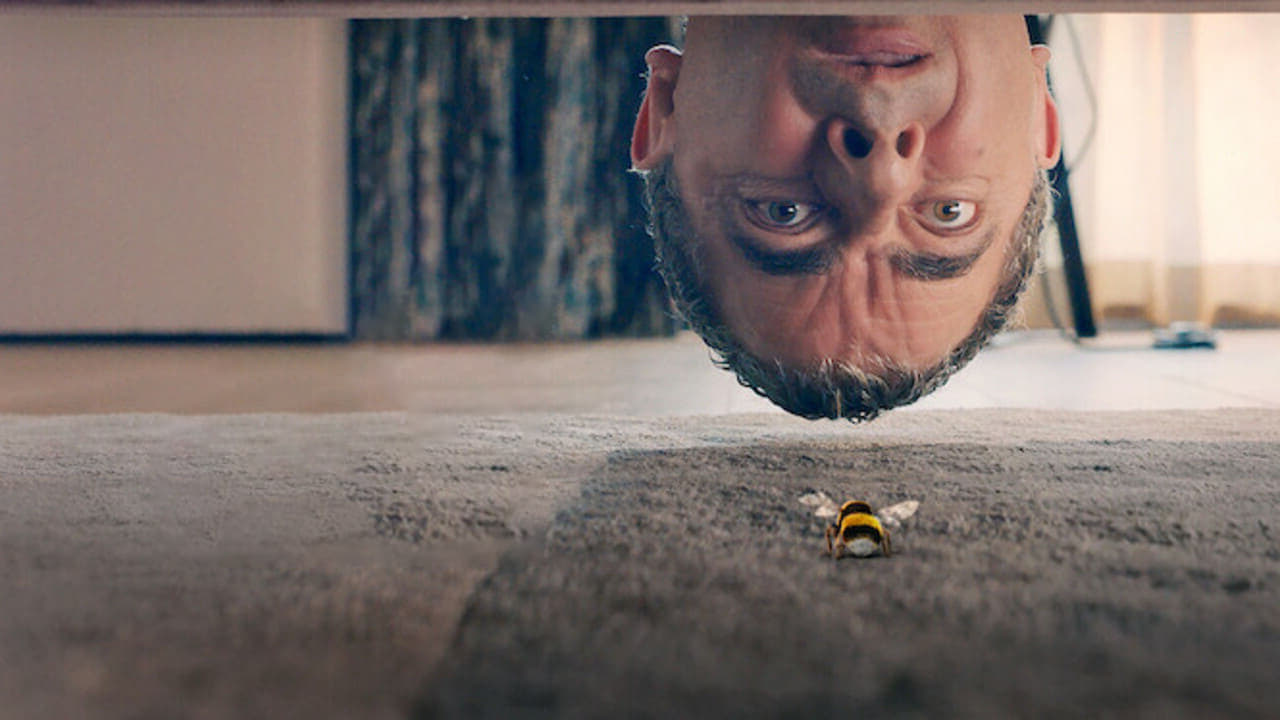
In these early moments Trevor tells the judge he’s “really sorry” but, “you see, there was this bee”, the writers (Atkinson and Will Davies, who were also the co-creators) using picture book language to establish a gracefully structured narrative. Subsequent scenarios, set in an ultra modern residence where the protagonist works (read: destroys the place) as a house-sitter, have three catalysts: Trevor, a collie-poodle cross named Cupcake, and a CGI bee. Initially the comedy rehashes a classic of the genre: the breaking of an expensive art work (precariously positioned on a small table, of course) and attempts to mend it DIY-style.
Then the bee and Trevor go at it, with a tantalizingly unclear line between what constitutes antagonism or villainy from the insect and what Trevor wrongly perceives as acts of aggression. The pure visuality of the comedy is rare these days, its lineage harking back to the silent era and beyond. Television shows often orchestrate jokes by relegating them to a cast of characters, and/or the protagonist’s response to them, which is arguably the case here—but it’s different when the primary supporting character is a bee. There’s also an element of Trevor struggling to operate devices inside a modern home, recalling Jacques Tati.
Man vs Bee isn’t supposed to be innovative. It’s here to remind us, and does so with delightful economy, that the genre comes in many forms—including pared-back performative varieties such as this, steeped in physicality, human beings as the ultimate special effect. This minor but joyful series contains, in the fourth episode, a comment from Trevor’s ex-wife (Claudie Blakley) that suggests the situation with the bee is the latest in a pattern of outsourcing blame for his failures. “Of course, the bee, blame it on the bee!”, she scoffs, citing “the evil trolley” and “the shredder that attacked you at the estate agent” as previous examples.
Since then I haven’t been able to get out of my head the idea of a “Man vs Trolley” prequel series. Building out an entire series responding to an inanimate object would challenge Atkinson even more than a CGI bee, and return him again to the domain of the Bean.



